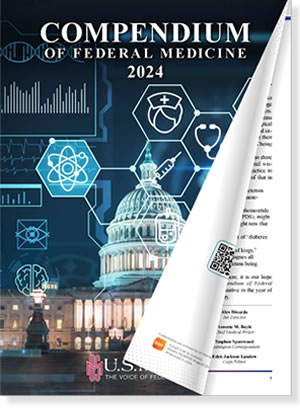INDIANAPOLIS—Although clinicians now have tools to reduce the risk of breast cancer, most eligible women in the United States aren’t offered either personalized screening or chemoprevention.
That is despite breast cancer being the most common cancer diagnosed among women and the second most common cause of cancer death among women, according to a report in Military Medicine.1
Noting surveys indicating that U.S. primary care providers are generally unaware of breast cancer risk assessment models or chemoprevention, researchers from VAMCs in Indianapolis; Bronx, NY; and Washington, DC, and colleagues aims to investigate VHA primary care providers’ comfort level, practice patterns and knowledge of breast cancer risk assessment and chemoprevention.
To do that, they distributed an online, Research Electronic Data Capture-generated survey to VHA providers in internal medicine, family medicine and obstetrics/gynecology. Provider demographics, women’s health experience, comfort level, practice patterns, barriers to using risk models and chemoprevention, and knowledge of chemoprevention were the survey domains.
With 167 respondents, 33.1% said they used the Gail model monthly or more often, although only 2.4% had prescribed chemoprevention in the past two years. Overall, the study noted, most VHA primary care providers did not answer chemoprevention knowledge questions correctly.
Researchers also pointed out that designated women’s health providers were more comfortable with risk assessment (P < 0.018) and chemoprevention (P < 0.011) and used both breast cancer risk models (P < 0.0045) and chemoprevention more often (P < 0.153). Reported barriers to chemoprevention were lack of education and provider time.
“VHA providers and women veterans would benefit from a system to ensure that women at increased risk of breast cancer are identified with risk modeling and that risk reduction options, such as chemoprevention, are offered when appropriate,” study authors concluded. “VHA providers requested risk reduction education, which could improve primary care provider comfort level with chemoprevention.”
- Bidassie B, Kovach A, Vallette MA, et al. Breast Cancer Risk Assessment and Chemoprevention Use Among Veterans Affairs Primary Care Providers: A National Online Survey [published online ahead of print, 2019 Dec 21]. Mil Med. 2019;usz291. doi:10.1093/milmed/usz291

